Power supply fears as troops called to battle Australia bushfires (Update)
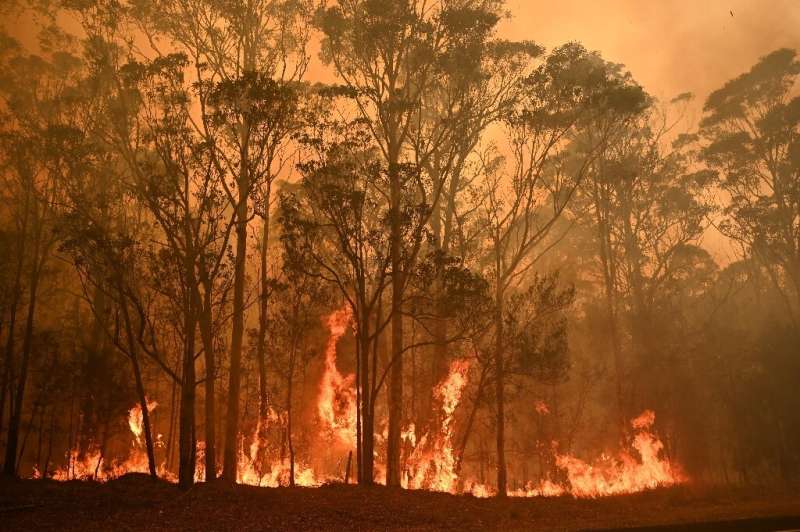
Skies turned black and ash rained down as fires raged across southeastern Australia on Saturday, threatening power supplies to major cities and prompting the call-up of 3,000 military reservists.
Temperature records were smashed, and gale-force winds pounded fire-stricken coastal communities in the two most populous states New South Wales and Victoria.
New South Wales Premier Gladys Berejiklian warned that worst-case scenario projections were "coming to fruition", although large-scale evacuations meant the human toll was minimised.
Since late September, 23 people have died, more than 1,500 homes have been damaged and an area roughly twice the size of Belgium or Hawaii has burned.
The latest fatalities were in Kangaroo Island—a tourist haven southwest of Adelaide—when two people were trapped in a car overrun by flames on Friday.
But strong winds and high temperatures continued to fuel hundreds of fires and cause chaos.
Bushfires took out two substations and transmission lines, prompting authorities in New South Wales to warn that an area home to almost eight million people and the nation's largest city Sydney could experience rolling blackouts.
"We are in for a long night and we have still to hit the worst of it," Berejiklian warned as another total fire ban was declared for Sunday.
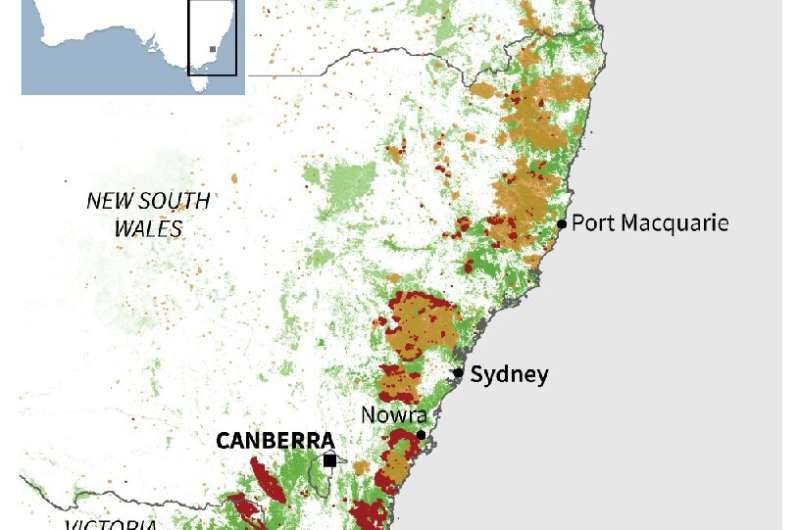
Prime Minister Scott Morrison announced the largest military call-up in living memory, mobilising 3,000 reservists to assist thousands of volunteer firefighters who have been battling the blazes.
"Today's decision puts more boots on the ground, puts more planes in the sky, puts more ships at sea," said Morrison, who made the announcement after being pilloried for his response to the deadly disaster.
But even that move prompted outrage when his Liberal Party turned it into a campaign ad, with shadow minister for international development Pat Conroy accusing Morrison of trying to "exploit a national tragedy".
Record temperatures
A state of emergency had been declared across much of the heavily populated southeast and more than 100,000 people were told to leave their homes across three states.
Thousands heeded that call on Friday, abandoning summer holidays and piling into cars that clogged the highways linking southeastern coastal towns with the relative safety of Sydney or larger towns.
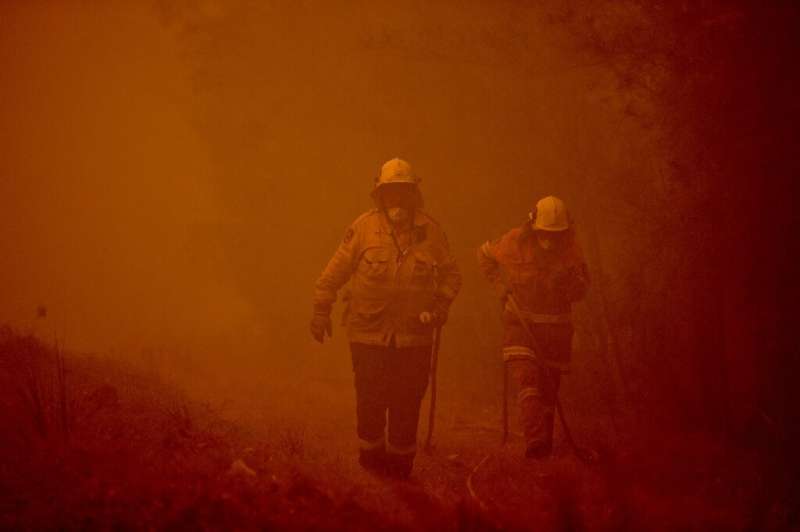
Several emergency warnings were issued on Saturday, and there were fears that one blaze southwest of Sydney could reach the city's outskirts.
Sydney recorded its highest-ever temperature of 48.9 degrees Celsius (120 degrees Fahrenheit) in the western suburb of Penrith, and the nation's capital Canberra hit 44 degrees Celsius, also an all-time record, a Bureau of Meteorology spokesman said.
Thousands of volunteer firefighters battled the infernos as some residents stayed behind to defend their homes.
Just outside the seaside town of Batemans Bay, a four-hour drive south of Sydney, locals joined forces with firefighters to tackle the blazes.
"Today, we've had nothing short of a disaster. A very large fire-front came through... the high temperatures and the southerly change is putting a real lot of pressure on the resources that we have," local Adam Pike told AFP.
-
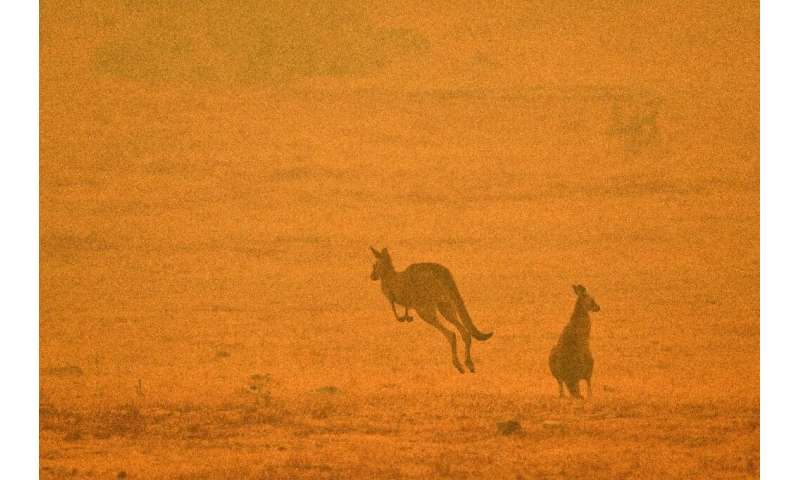
With temperatures expected to rise, a state of emergency has been declared across much of Australia's heavily populated southeast -
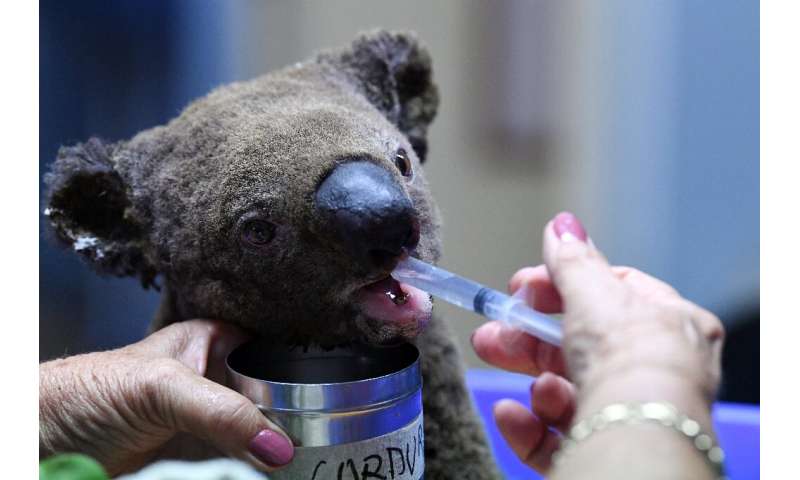
A dehydrated and injured Koala receives treatment after its rescue from a bushfire -
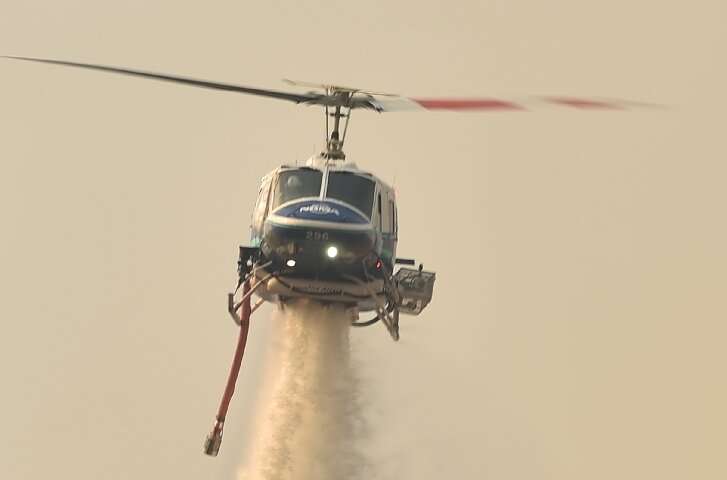
A helicopter drops water on a bushfire in Batemans Bay in New South Wales
"Guys that know the bush, guys that know fire, helped save at least 10 to 12 homes on this street... we are so grateful for their help."
The only activity in the usually bustling tourist hotspot was at an evacuation centre, where hundreds of locals forced from their homes were sheltering on an open field in tents and caravans.
Mick Cummins, 57, and his wife fled to the evacuation centre when fire ripped through their rural town on New Year's Eve.
"We said this is too tough for us, let's get out. We went to the beach and then hellfire came over the hill," he told AFP.
"I was here in the '94 fires. I thought that was bad. That was just a barbeque" in comparison, he said.
© 2020 AFP





















